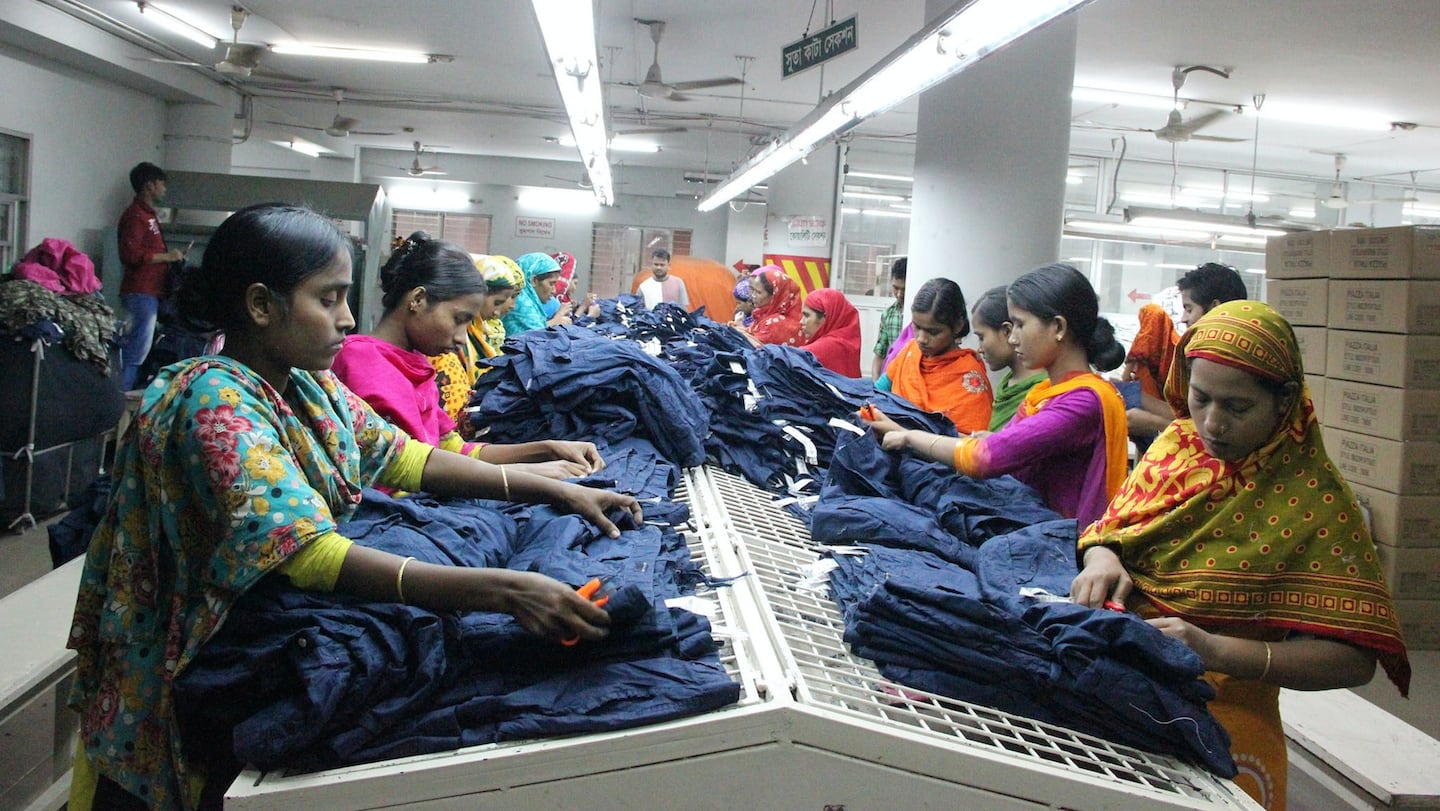
The Business of Fashion
Agenda-setting intelligence, analysis and advice for the global fashion community.

Agenda-setting intelligence, analysis and advice for the global fashion community.

CHENNAI, India — "He offered me $ 75, a mobile phone and told me to get into bed with him if I wanted work," said Nabita, who works in a clothing factory in the Indian capital New Delhi.
Her testimony is part of a new documentary recording the first hand accounts of garment workers and their daily struggles in the face of poor pay, excessive overtime, unsafe working conditions and widespread sexual harassment.
"Do you think that workers who are producing high-level fashion for the global market should be living like rats?" asked Anannya Bhattacharjee of the Asia Floor Wage Alliance, a workers' lobby group.
"We think that workers should be having a wholesome life, a dignified life for themselves and their families."
ADVERTISEMENT
Asia accounts for more than 60 percent of the world's garment production, with the industry employing more than 15 million people directly, most of them women.
Activists say the minimum wage set by most Asian countries is not enough to lift workers out of poverty.
"Living Wage Now!", a film by Asia Floor Wage Alliance, calls for a standard wage to cover a family's basic needs, including housing, education and healthcare, with some money left over for emergencies.
In the documentary, workers from Cambodia, India, Bangladesh and Indonesia, make the same demand.
Soun Mengly started working when she was 15. In the film she talks about feeling suffocated by daily life in the Cambodian capital Phnom Penh.
"It's hard. We have to buy everything, from water to electricity. Inflation rises faster than our wages," she said.
In Delhi, Rajpal said money was an issue all the time. "We live in places without even proper roofs, in places barely fit for animals."
The film follows the global garment supply chain from factory floors in Asia to department stores in Europe, recording the perspectives of workers, consumers and experts along the way.
ADVERTISEMENT
It captures the trauma of a worker in Dhaka, Bangladesh who narrowly escaped death when the Rana Plaza factory building collapsed in 2013, killing over 1,100 of her fellow workers.
It also traces the struggle of workers in Phnom Penh and Jakarta as trade unions are suppressed.
"They (the military) opened fire at us and we ran for cover. It was unbelievable. I had never seen anything like that before," said Pon Channe, describing protests in Cambodia in 2013-14.
"All we did was ask for fair wages. They attacked us, they shot at us," she said, breaking down in front of the camera.
By Anuradha Nagaraj; editor: Ros Russell; for Thomson Reuters Foundation, the charitable arm of Thomson Reuters, that covers humanitarian news, women's rights, trafficking and climate change.
The fashion industry continues to advance voluntary and unlikely solutions to its plastic problem. Only higher prices will flip the script, writes Kenneth P. Pucker.
The outerwear company is set to start selling wetsuits made in part by harvesting materials from old ones.
Companies like Hermès, Kering and LVMH say they have spent millions to ensure they are sourcing crocodile and snakeskin leathers responsibly. But critics say incidents like the recent smuggling conviction of designer Nancy Gonzalez show loopholes persist despite tightening controls.
Europe’s Parliament has signed off rules that will make brands more accountable for what happens in their supply chains, ban products made with forced labour and set new environmental standards for the design and disposal of products.